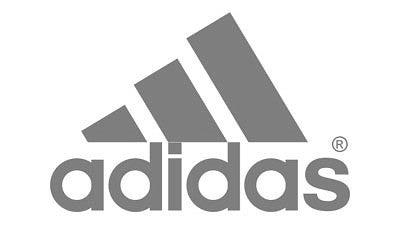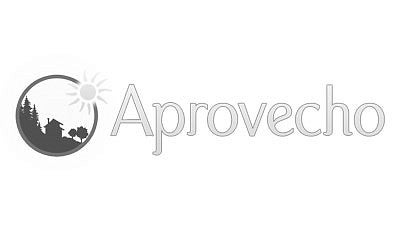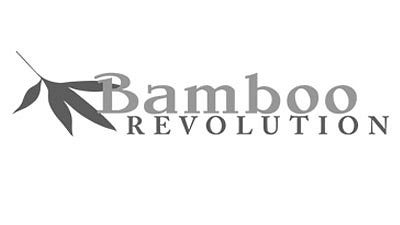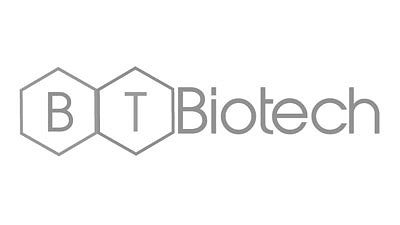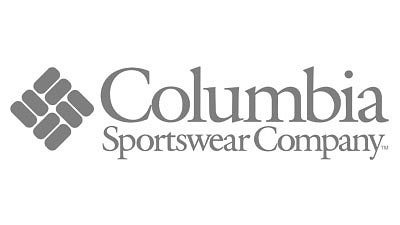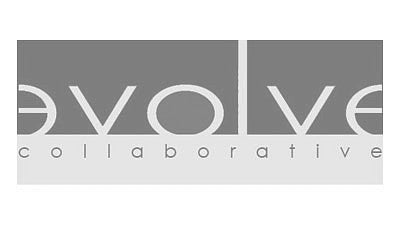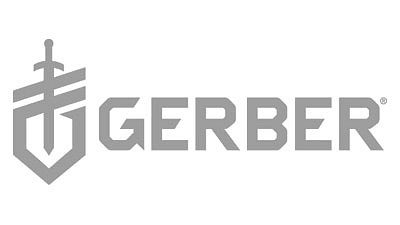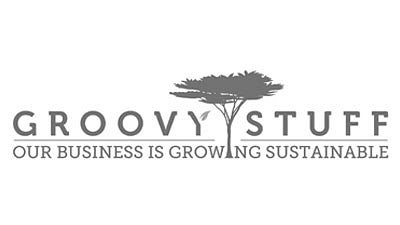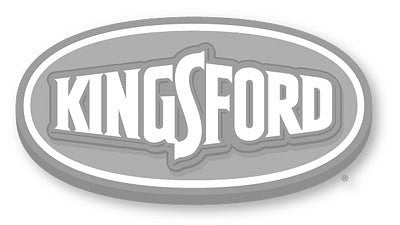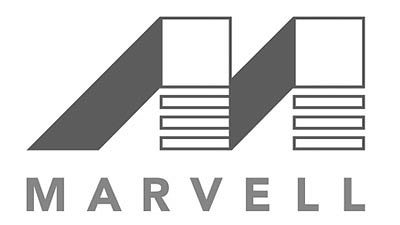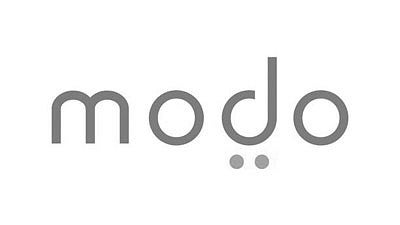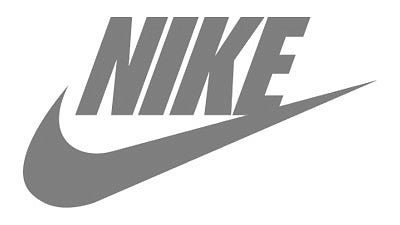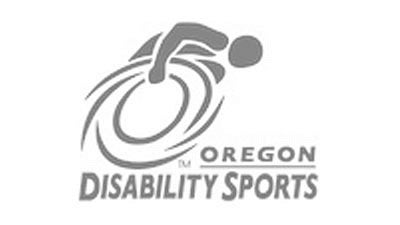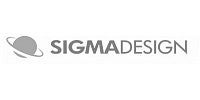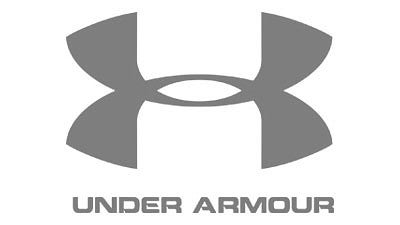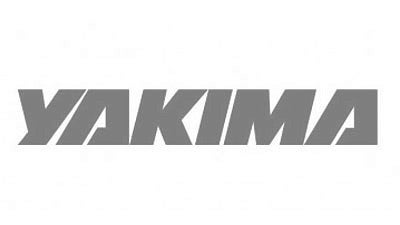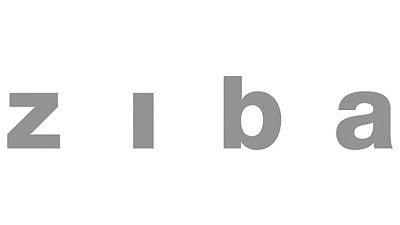Degree Requirements | Required Courses | Partners
Degree Overview
Sports Product Design at the UO in Portland
The Sports Product Design program develops graduates proficient in using science and creative problem-solving methods to innovate products that push the boundaries of society and the field of sport. The 2-year curriculum, founded in 2016, focuses on research, product innovation methodologies, athletic performance, sustainability, business, marketing, and branding.
Graduates study to become leaders of multidisciplinary product creation teams within the 800+ sports product companies in the state of Oregon and beyond. Upon graduation, they enter the sports industry as designers, developers, researchers, and engineers - across footwear, apparel, and equipment organizations.
Graduates of the program have published peer-reviewed research papers, presented at academic conferences, patented new technologies, exhibited at international design exhibits, won international design awards, taught workshops, and received funding for their new product ventures. The program has also pioneered adaptive products in partnership with local businesses and athletes to achieve their full sports potential.
Degree Requirements (77 Credits*)
The curriculum requires:
- 62 credits in Sports Product Design
- 9 credits from Human Physiology and Journalism
- 6 credits minimum of electives (UO graduate-level courses). Graduate-level courses may also be taken at Portland State University (PSU) through a joint campus agreement.
Required Courses
Courses in Sports Product Design
62 Credits Total
SPD 415/515: Soft Goods Technologies for Sports Product Design
4 Credits
SPD 425/525: Digital Technologies for Sports Product Creation
4 Credits
SPD 610: Thesis Research
4 Credits
SPD 645: Sports Product Design and Business
4 Credits
SPD 650: Sports Product Materials and Manufacturing
4 Credits
SPD 684: Sports Product Design Research Methodology and
Innovation Process Studio
6 Credits
SPD 685: Product Design Studio I—Apparel
6 Credits
SPD 686: Product Design Studio II—Footwear
6 Credits
SPD 687: Product Design Studio III—Equipment
6 Credits
SPD 688: Sports Product Design Innovative Project
Strategy Development Studio
9 Credits
SPD 689: Collaborative Creation and Launch Studio
9 Credits
Courses from Human Physiology and Journalism
9 Credits Total
HPHY 631: Human Performance and Sports Products
3 Credits
HPHY 632: Human Biomechanics
2 Credits
J 616: Introduction to Strategic Communication Marketing
4 Credits
Electives (examples)
6 Credits Minimum
SPD 601: Research
1–6 Credits
SPD 602: Supervised College Teaching
1–6 Credits
SPD 604: Internship
1–6 Credits
SPD 605: Reading
1–6 Credits
SPD 606: Special Problems
1–6 Credits
J 624: Strategic Communication: [Topic]
2 Credits
MGMT 625: New Venture Planning
3 Credits
MGMT 635: Opportunity Recognition
3 Credits
Student Spotlight: Ezra Ende
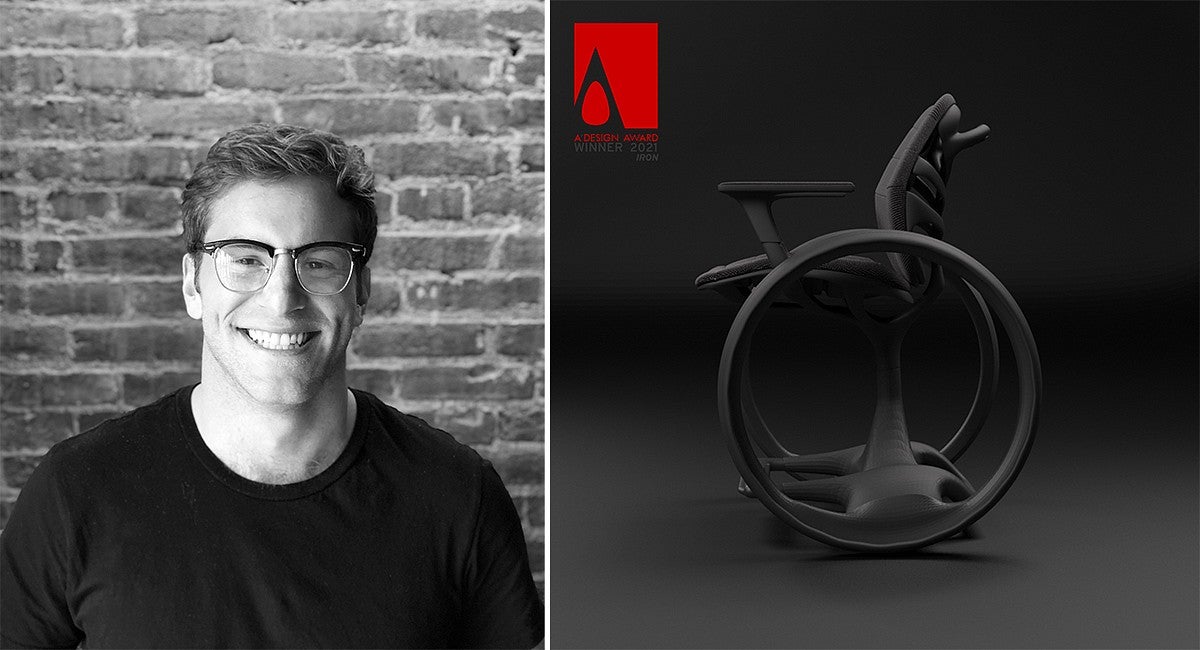
As a designer specializing in gear for MMA athletes, Sports Product Design student Ezra Ende (class of 2021) never expected to design a wheelchair. But after engaging with senior communities in Professor Susan Sokolowsk’s course on universal aging—made possible by a Tinker Hatfield Award for Innovation—Ende learned that the mobility tool needed updating. Ezra created the “Glide” wheelchair to improve overall user comfort and the ease and safety of the footholds. His design recently won the international A’Design award for the “Differently Abled and Seniors’ Assistance” category.
Alumni Spotlight

Carly Conduff
For the annual Woolmark Performance Challenge, recent Sports Product Design Alumna Carly Conduff decided to design for female athletes in the Volvo Ocean Race, one of the world’s most intensive and demanding sailing races. Using Merino wool, she created a three-tier system of apparel to go under the athlete’s dry suits to provide better support, strategic insulation, and protection. Woolmark named Conduff one of three international winners and awarded her with Helly Hansen internship in Norway.
“It’s been a dream for a long time,” Conduff said.
Partners
Industry partners for sports product design provide special opportunities for students. They fulfill a number of critical roles as part of our dynamic learning environment. Some of the ways we engage our industry partners include having them serve as instructors, advisors, guest reviewers, lecturers, and mentors for students. Here are some of our partners.
